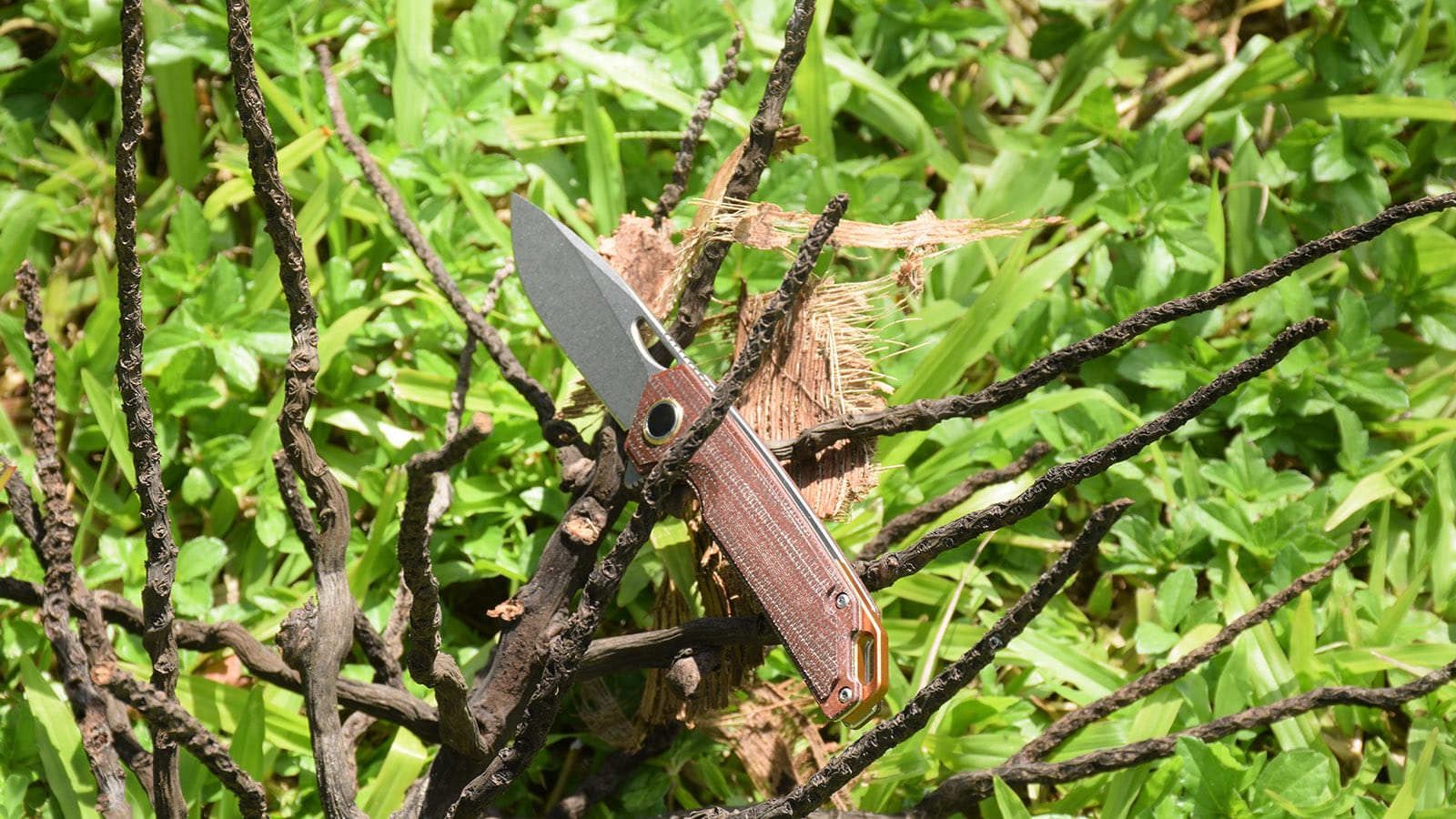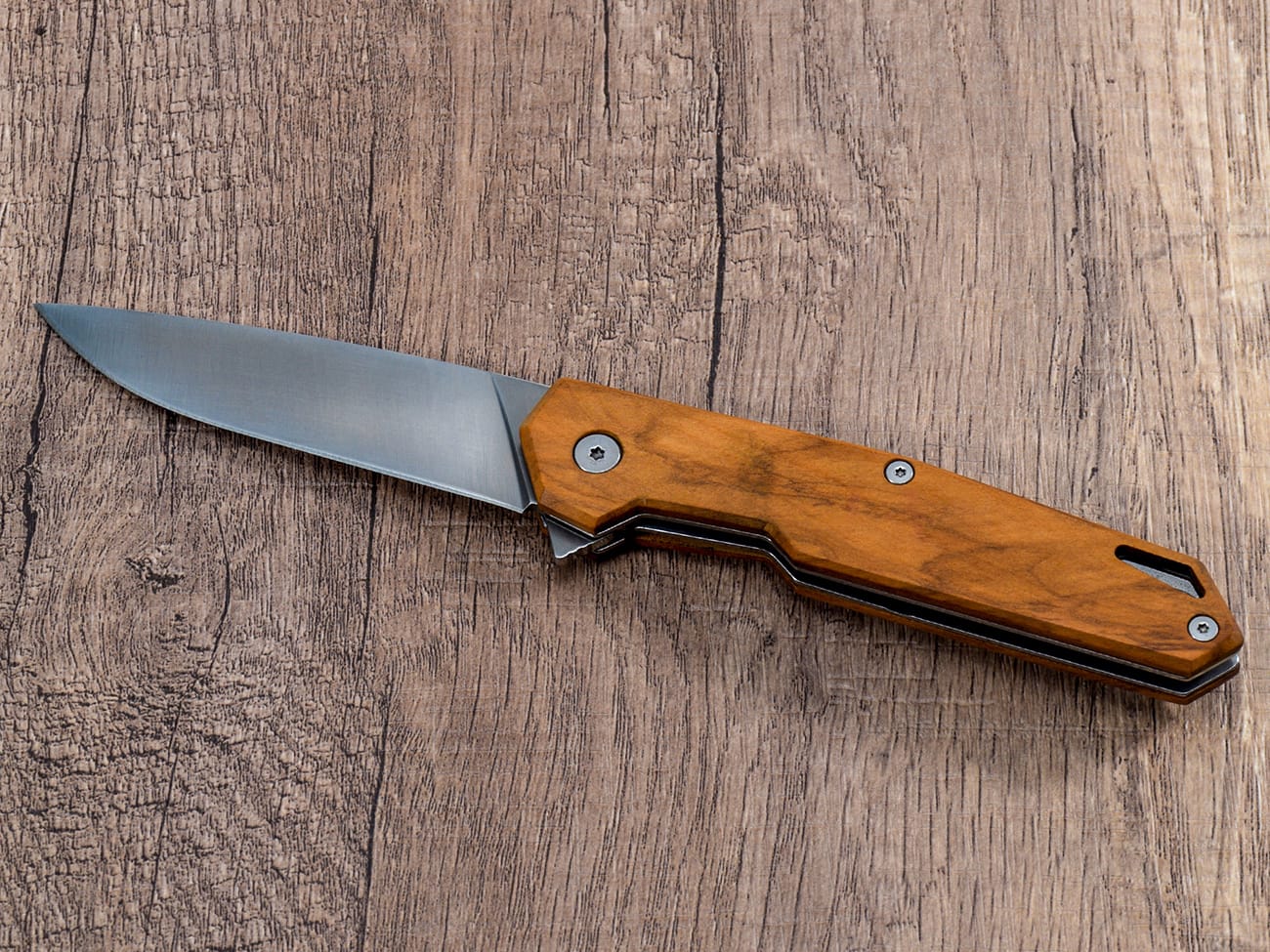A sharp knife is the foundation of any good kitchen or outdoor adventure. Whether you’re a professional chef or an outdoor enthusiast, understanding how knife sharpeners work is essential for maintaining your blades. This comprehensive guide will explore the science behind knife sharpening, different types of sharpeners, and how to use them effectively.
What Makes a Knife Become Dull?
Before diving into sharpening methods, it’s important to understand why knives lose their edge. When you use a knife, the blade experiences microscopic deformation and wear. Regular cutting, especially on hard surfaces like glass cutting boards, can cause the edge to fold over or become misaligned. This is where proper knife maintenance and sharpening become crucial.
The Science Behind Knife Sharpening
The process of sharpening involves removing material from the blade to create a new, sharp edge. When you sharpen a knife, you’re essentially grinding away metal to form two planes that meet at a precise angle, typically around 20 degrees. The sharpness depends on both the angle and the smoothness of these surfaces.
Different Types of Knife Sharpeners
Pull-Through Sharpeners
Pull-through knife sharpeners are among the most popular and easiest to use. They feature preset angles and typically contain two stages:
- Coarse sharpening for dull blades
- Fine honing for maintenance
Whetstones: The Traditional Approach
Traditional and modern whetstones remain the preferred choice for many professionals. They offer:
- Greater control over the sharpening angle
- Multiple grit levels for different stages
- Ability to work with various blade types
Electric Sharpeners
Electric knife sharpeners provide:
- Consistent results
- Multiple sharpening stages
- Quick and efficient sharpening
How Do Pull-Through Knife Sharpeners Work?
Pull-through sharpeners are designed for simplicity and consistency. They typically contain:
- Carbide blades for coarse sharpening
- Ceramic rods for fine honing
- Pre-set angles for foolproof sharpening

A typical pull-through knife sharpener in action
The Role of Honing vs. Sharpening
Many people confuse honing with sharpening. Here’s the difference:
- Honing realigns the edge without removing material
- Sharpening removes metal to create a new edge
- Professional knife users often hone regularly and sharpen less frequently
Choosing the Right Grit for Sharpening
Grit selection is crucial for proper sharpening:
- Coarse grits (100-400) for damaged blades
- Medium grits (800-2000) for regular sharpening
- Fine grits (3000+) for polishing and finishing
Common Mistakes to Avoid When Sharpening
Several errors can damage your knife blade:
- Using too much pressure
- Inconsistent angle maintenance
- Skipping grits
- Over-sharpening
Maintaining Your Knife’s Edge
Regular maintenance extends the time between sharpenings:
- Use proper cutting boards
- Store knives properly
- Hone regularly
- Clean and dry after use
How Often Should You Sharpen Your Knives?
The frequency of sharpening depends on:
- Usage intensity
- Type of cutting tasks
- Blade material
- Storage conditions
Important Points to Remember:
- Regular honing maintains edge alignment
- Different knives require different sharpening approaches
- Quality sharpeners are worth the investment
- Proper technique matters more than expensive tools
- Regular maintenance prevents major edge damage
- Start with coarser grits and progress to finer ones
- Always test sharpness safely
- Store knives properly between use
Remember, a sharp knife is a safe knife. With proper understanding and regular maintenance, your knives can maintain their edge for years to come.




